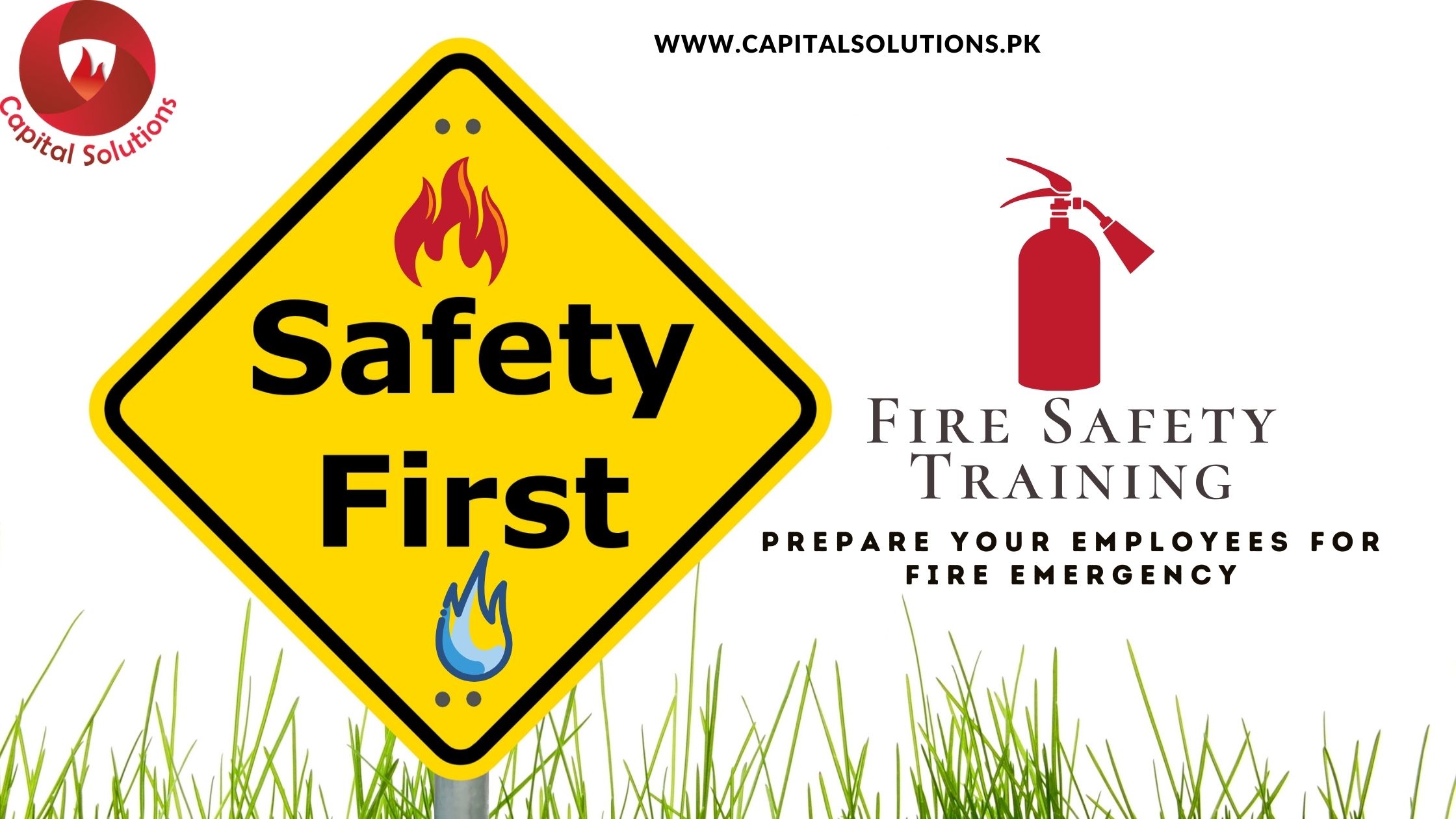
How to Prepare Your Employees for a Fire Emergency
Emergency situations require quick response to minimize damages. Timely responses can save precious human lives, assets, and property. No one can expect a disaster or predict a specific time or day, so it is essential to be fully prepared to tackle the situation efficiently. Your building has to be equipped with the required fire safety equipment to ensure the safety of your workers, your assets, and your property itself. Besides the equipment, it is also necessary to train your employees for the countermeasures to be taken to tackle the situation.
Planning an Emergency Action Plan:
Plan an emergency action plan and allot responsibilities to your employees so that everyone is aware of his role. Your plan should include the following three:
Escape Route Map: An escape route map should highlight the right pathway to be followed. Pinpoint the key areas and label all the places where your employees can find fire safety equipment such as fire extinguishers, fire sprinkler systems, etc.
Policies and procedures for evacuation: this plan should highlight the appropriate course of action to be taken in case of an emergency.
Allot responsibilities: Make sure that your staff knows their responsibilities. They should know whether their responsibility is to use a fire extinguisher or help in the evacuation. Allotting responsibilities will lessen the response time. Lessening the response time will make the evacuation much more efficient and timelier.
Train your employees:
Proper training and maintenance might avoid the risk of a fire in the first place. Teach the following to your employees to minimize the risk of a potential fire:
- Regular maintenance and testing of flammable equipment.
- Store flammable material away from sources of heat.
- Make sure that the building is ventilated especially when using chemical products etc.
- Dispose of flammable material in a timely manner to avoid unnecessary piling up.
- Allot a specific place for smoking and dispose of cigarette butts appropriately.
- Make sure that the escape routes are clear, and the emergency equipment is working properly.
What should your employees know?
- Every employee should know:
- The place of the nearest fire alarm and how to sound it
- The sound of the fire alarm in the building
- Two exit routes
How to train your employees?
Train your employees by teaching them the following three:
Fire drills:
Scheduling regular fire drills and practicing the appropriate response can help alleviate the risks. Regular practice can equip your staff with the required course of action. They’ll know the importance of a quick response and will be efficient whenever a dangerous situation arises. Fire drills are not only helpful in case of fires but can also help in case of any other man-made or natural disaster. Regular drills will allow your employees to find and escape through the exit route in time and save themselves from the risks involved.
Preparing your staff for fire requires meticulous attention. Make sure that every employee of yours is on board and knows the appropriate safety procedure. They should take the drill seriously and rehearse accordingly. Communicate your plan with your employees and make sure that each and every one of them understands the plan. Set goals for the drill so that the employees know that they have to fulfill those goals. And finally, rehearse the drill again and again and with regular intervals.
Appoint a rally point outside the building and ask all your employees to gather at that point so that every employee is accounted for. If anyone is found missing then he or she can be reported to the authorities. Also, appoint observers who can professionally oversee the drill and pint out the mistakes, and also suggest improvements in the evacuation plan.
Using fire extinguisher:
Provide hands-on training to your employees on how to use a fire extinguisher. If the fire is controlled via the extinguishers, it will minimize the damage.
Procedures for shutdown:
Train one of your employees on how to shut down the systems and evacuate safely. He should know when to shut down all the systems and evacuate.
Other means of fire safety and prevention:
To make your fire safety system foolproof make sure to test the security equipment after regular intervals. Check your fire alarms weekly to make sure they are working properly. Also, make sure that the fire extinguishers are in good condition, and lastly, ensure that the exit routes are properly pointed and are visible from afar.
Following these simple and easy steps and training your staff, can help minimize the risks. Train your staff on how to use fire safety equipment and how to evacuate safely so that precious lives can be saved.